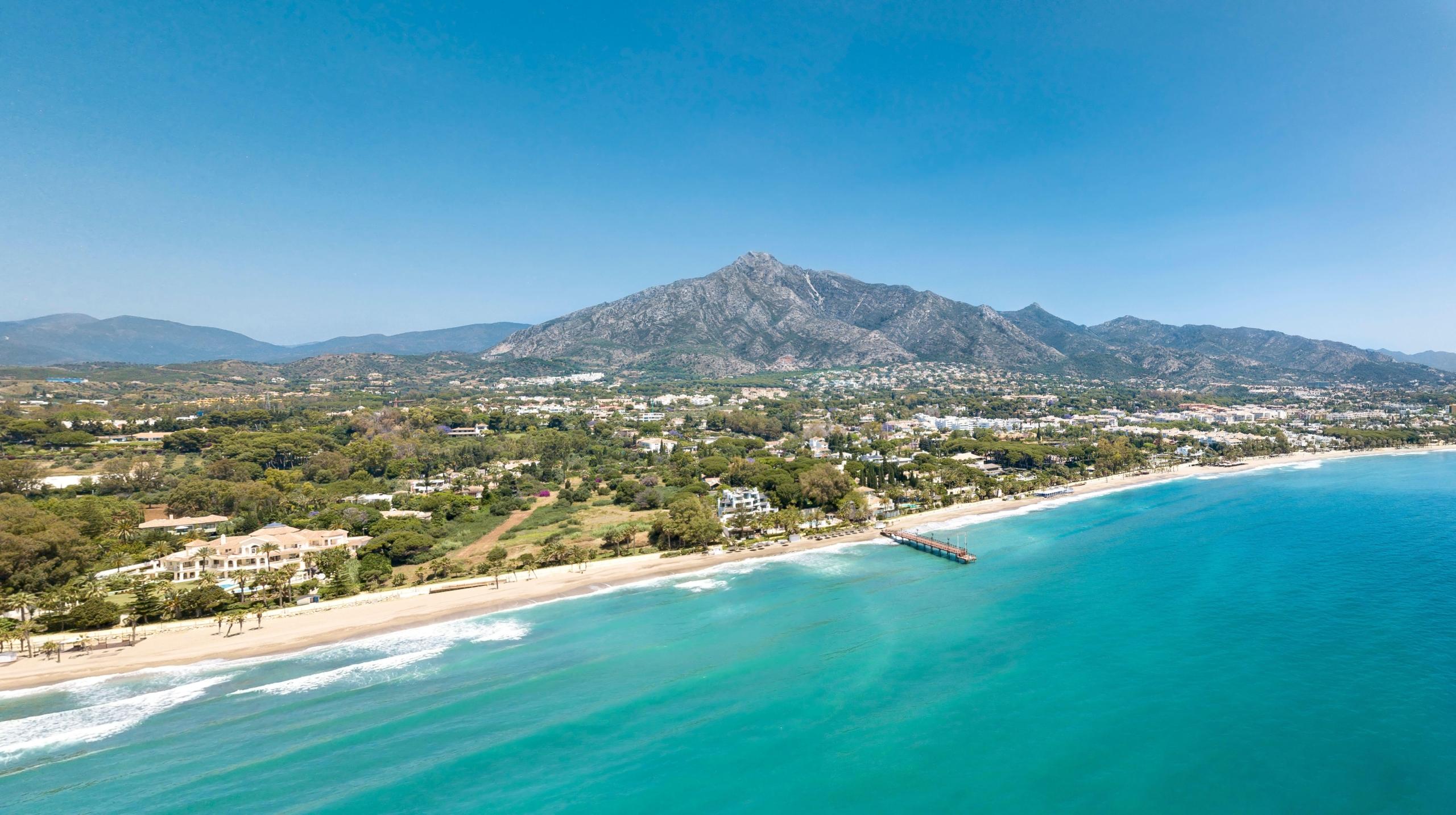Soil, moisture and traditional uses have been the main factors in the conservation of the largest productive area of cork trees anywhere on the Iberian Peninsula, Los Alcornocales Nature Park.

It is located in the province of Cadiz and part of that of Malaga, and runs from the mountains down to the recently created Estrecho Nature Park on the coast, presenting a great diversity of landscapes. This wealth can be found in all spheres: flora, fauna, climatology, history and folklore; an ideal place to visit and enjoy diverse activities such as wild mushroom picking and countryside sports.

This wealth is mainly down to water, with many rivers, streams and reservoirs which, besides supplying the province with water, are also suitable for fishing and recreational activities. However, more than anything else, special mention should be made of the moisture that comes from the coast. It accumulates to form banks of mist in the deep, narrow gorges known as "canutos".

These conditions give rise to unique flora originally from the Tertiary Period, known as "Laurisilva". It is characterised by smooth, bright leaves that make the most of the moisture and limited light that can pass through the alders growing on the edge of the gorges. So, amidst the scent of laurel, the beauty of flowering rhododendrons, elegant laurustinus and holly, you can walk through this dense forest accompanied by the sound of dippers, kingfishers, blackcaps and finches, hiding in the bracken.

The ground is sandstone which is ideal for the dense cork forest, and also supports Portuguese oaks and Andalusian oaks in the dampest areas. These copses are the hunting grounds for booted and short-toed eagles and buzzards, as well as goshawks, sparrow hawks and tawny owls. In the upper reaches the rock comes to the surface and the soil is poor, home to "herriza", a dense scrubland with different species adapted to soils rich in metals such as aluminium. These include, for example, an abundance of aromatic plants. This area is the habitat for mountain goats and a number of birds of prey, especially the Griffon vulture, Egyptian vulture, Bonelli's eagle, eagle owl and peregrine falcon.

In the clayey areas lower down, you can see the wild olive tree, cleared from time immemorial to make way for pasture for the region's most typical livestock, the Retinta cow. On the valley walls there is Mediterranean scrub, with rockrose, heather, lavender, daphne and hawthorn. These are the habitat for Andalusian deer, autochthonous to the region and emblematic of game hunting, along with the buck, roe deer and carnivores such as genets, badgers and especially the Egyptian mongoose; here you will find the largest population anywhere on the Iberian Peninsula.

This Park is highly varied and there are other activities available, such as: mountaineering on the Aljibe and Picacho peaks; caving in the Ramblazo-Motillas area; canyoning in La Garganta de Buitreras, one of the few areas equipped for this adventure sport, which is also a designated Natural Monument for its unique beauty. For visitors with more traditional tastes there are horse riding routes like those in La Almoraima.

To complete your visit to the Nature Park, you should take a walk around the local towns and villages: Jimena de la Frontera, Alcalá de los Gazules and Castellar de la Frontera are a few options. The cultural and gastronomic heritage of these places are two more attractions.






